
Detailed classification of tractor faults: minor failure, general failure, serious failure, fatal failure
Release time:2023-05-27 Click:898
For tractors, harvesters and other agricultural machinery, we may say the most about their failures, for example, the annual failure rate of medium-horsepower tractors reaches an average of about 140%, etc., so what is a failure? And how are tractor failures classified? Today we will talk about the fault classification of tractors.
A failure is an event or state in which a product or part of a product cannot or will not complete its intended function. The faults of tractors are divided into four categories, namely: minor failures, general failures, serious failures, fatal failures.
The first type of fault, fatal fault, refers to a fault that endangers driving safety or may cause personal injury or death. For example, steering failure, brake failure, wheel falling off and other threats to personal safety; For example, pounding, punching, flywheel explosion, causing damage to multiple parts, etc.; For example, the gearbox and rear axle assembly are damaged, resulting in damage to multiple parts; For example, the body, frame, and running gear are broken and disconnected. If there is a fatal failure during the tractor reliability test, it is basically a death move and a complete exit.
The second type of fault, serious failure, refers to the damage of the main components or shell outside the body, damage to the parts in the body, and faults that require the disassembly of the tractor to cause the interruption of operation or the degradation of performance. For example, fuel injection pumps, starters, generators, superchargers, hydraulic pumps, control valves, steering gears, fuel tanks, batteries, important fasteners outside the body are damaged (fastener strength is above 8.8, resulting in connection failure), etc.; such as gear teething in the gearbox, shaft breakage in the gearbox, bearing damage in the gearbox, toothing on the rear axle, clutch burner, etc.; For example, the engine generates cylinder pulling, etc.; For example, the joint surface of the parts is seriously leaky, and it needs to be disassembled and replaced to eliminate it; Compared with the tractor elevator automatic settlement, can not lift, etc.; For example, hydraulic oil pumps, distributors, suspension rods, hydraulic output valves, traction devices, lifting shafts, lifting arms, hoist housings, filters and other external important parts are lost or failed; For example, damage to important external parts such as cylinder block, cylinder head, oil pan, gear chamber, flywheel shell, etc., is a serious failure.
The third type of fault, general fault, refers to a fault that can cause the interruption or performance of the tractor operation, but does not cause serious damage to the main components or assembly, does not need to be disintegrated, and can be eliminated in a short period of time.
The fourth type of fault, minor fault, refers to faults that do not require replacement of parts, can be easily eliminated in a short time with random tools, and faults that affect the appearance and flexibility of use. Minor faults will not lead to tractor operation interruption, stoppage or performance degradation, do not need to replace parts, with the vehicle tools slightly adjust the fault parts can be eliminated, such as inflexible control parts, cover parts or shell paint peeling, paint fading, sign falling off, slight deformation of sheet metal parts inconspicuous cracks, loose wiring harnesses, etc., such as loose fasteners of general parts on tractors.
In the tractor reliability test, the hazard coefficient of various faults is generally specified as 150 for fatal faults, 30 for serious faults, 8 for general faults, and 1 for minor faults. The reliability assessment of tractors is generally evaluated by the equivalent fatal failure index, and the evaluation index value is equivalent fatal failure number <1. According to the number of minor faults, general failures, serious faults, fatal failures and their hazard coefficients in the tractor reliability test, the total equivalent fault unit of the tractor can be calculated, and the total equivalent failure unit of the tractor divided by the fatal fault hazard coefficient of 150 can calculate the equivalent fatal failure number of the tractor, that is: equivalent fatal failure number = total equivalent failure unit / fatal fault hazard coefficient 150. When the number of equivalent fatal faults of the tractor < 1, the reliability assessment of the tractor is judged to be qualified, and if the equivalent fatal failure number is ≧ 1, it is unqualified. That is, as we said above, if the tractor has a fatal failure during the reliability test, it is a kill and a complete exit.
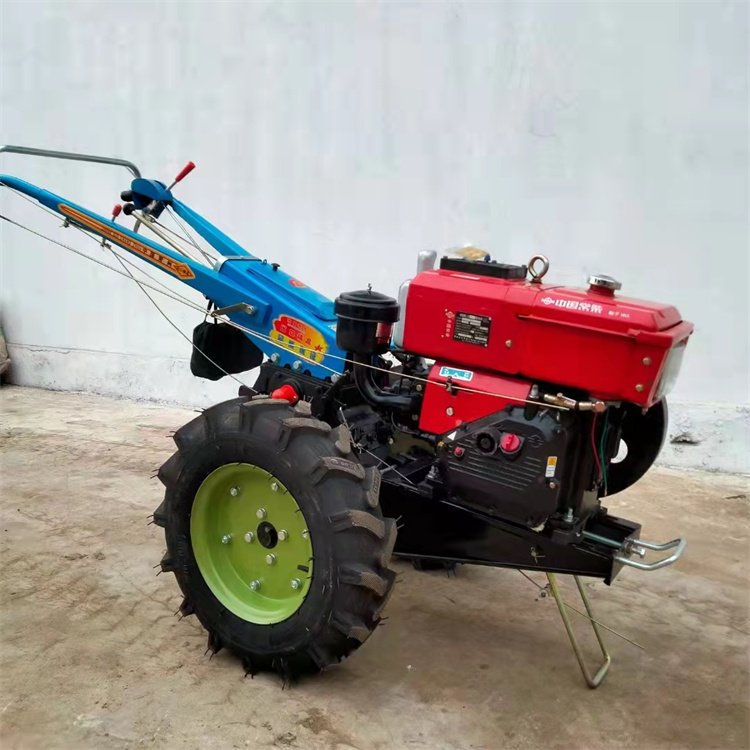
Hot products
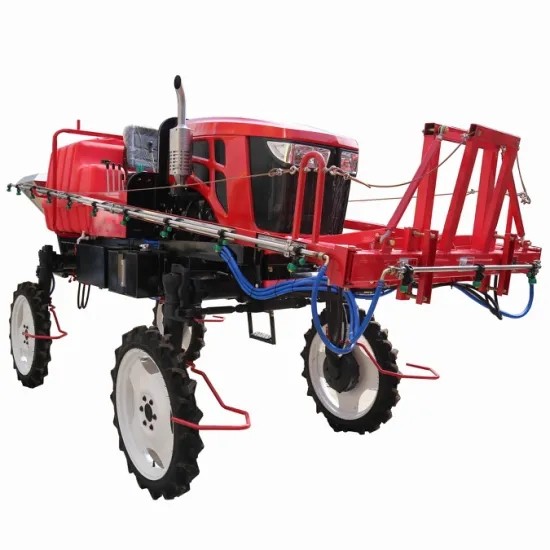
3wpz-700s Agricultural Self Propelled Boom Sprayer with High Clearance for Insecticide and Fertilization
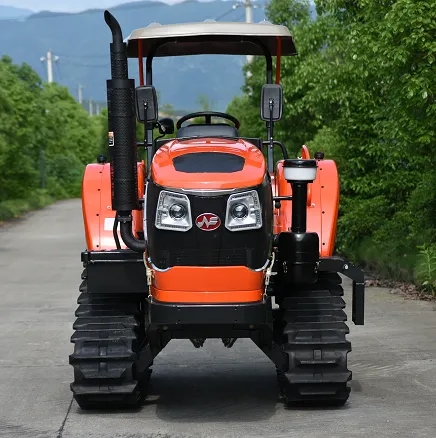
Crawler tractor
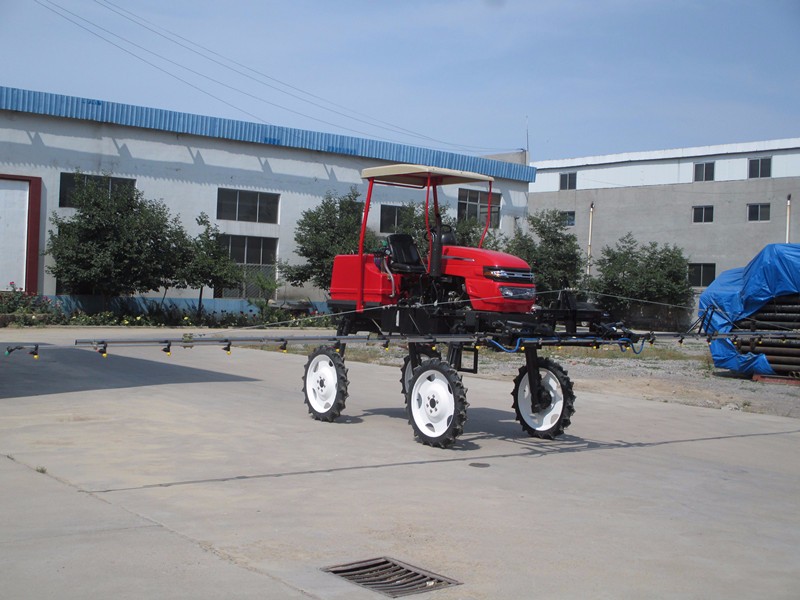
Self Propelled Boom Sprayer
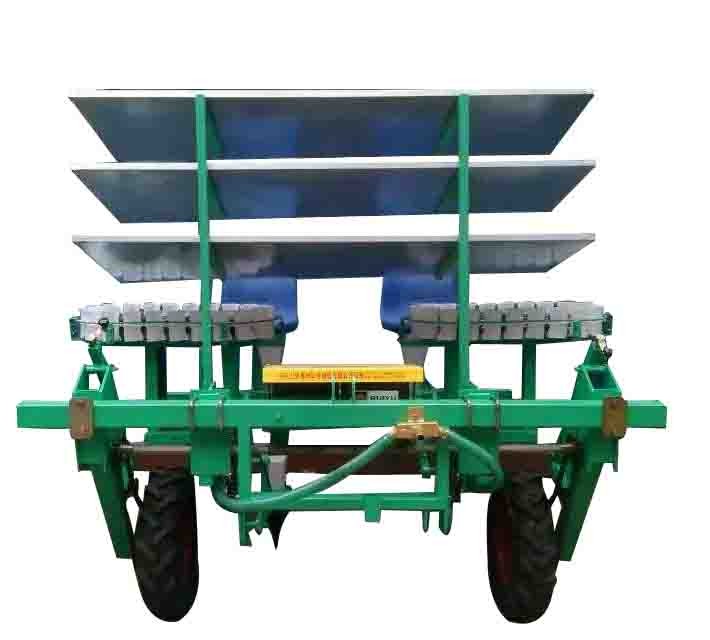
Vegetable tomato Transplanter
Tel:+86-15095208459
E-mail:yanyuqiang1216@163.com
